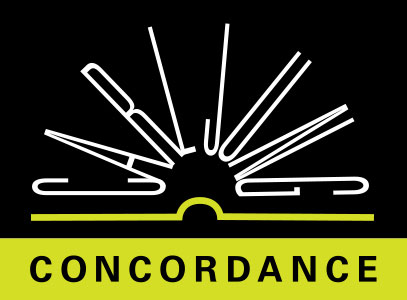Kenosis is a Greek word meaning “emptying.” This theme comes out of the idea that, in the course of the month, the moon darkens as she approaches the sun. The thought was that she voluntarily empties herself of her light and pours it into the sun
Jung points out, in CW14: par. 29 , that this idea parallels the kenosis doctrine of the Church, which derives from a passage in Paul's Epistle to the Philippians.In the second chapter of Philippians, Paul says to the disciples:
ML p.44In your minds you must be the same as Christ Jesus:
His state was divine,
yet he did not cling
to his equality with God
but emptied himself
to assume the condition of a slave,
and became as men are;
he was humbler yet,
even to accepting death,
death on a cross.
But God raised him high
and gave him the name
which is above all other names. ( Phil. 2 : 5-9, Jerusalem Bible )
CHRIST EMPTIED HIMSELF OF DIVINITY
The basic idea here is that the incarnation of Christ took place through a voluntary process of emptying: he emptied himself of his divinity in order to become man. This is the so-called kenosis doctrine. It describes the process of the incarnation and embodiment of the ego
ML p.44BODHISATTVA DOCTRINE
It has parallel images in other symbolic traditions. For example, there is the bodhisattva doctrine of Buddhism. A future or potential Buddha who has achieved enlightenmenta bodhisattvadeclines nirvana even though it is available. The bodhisattva declines it, is then emptied of enlightenment and returns to the world out of compassion for humanity. That is a version of kenosis
ML p.44KWANNON AS GODDESS OF KINDNESS
Jung was fond of another beautiful Chinese example: the image of Kwannon, Goddess of Kindness (fig. 002.6) . Jung speaks of her in The Vision Seminars: In most cases[love] isn't concerned with kindness, it is just a hellish possession. [He's talking about “falling in love,” you see], but love should have to do with kindnessI am pleading for love. ( The Visions Seminars, vol. 1, p. 215 )
ML p.45ML Pg 45 (d) FigNo002.6
Kwannon, Goddess of Kindness
Bookmark
Jung continues: In the East, where they know as little about that kind of love as we do, they have a beautiful symbol for it in Kwannon, the Goddess of Kindness. She gives nourishment to all living beings, even to the evil spirits in hell, and to do so she must go down to hell; but it would frighten the devils if she were to appear there in her heavenly form and, as the Goddess of Kindness, she cannot permit that to happen; so, having such an extraordinary regard for the feelings of the devils, she transforms herself into an evil spirit and takes the food down in that guise. There is a beautiful traditional painting where she is represented in hell as a devil among the devils, giving them food; but there is a fine thread going up from her head to a heavenly being above, who is herself in all her splendid fury. [Something like that woman's dream of the foundling child with umbilical cord going up to heaven!] That is the psychological attitude which real love suggests. ( The Visions Seminars, vol. 1, p. 215 )
ML p.46GOD HAD TO EMPTY HIMSELF
Now here's an image really worth thinking about. It is one way of expressing the assimilation of the shadowthe willingness to take on the appearance of an evil spirit in order to nourish the evil spirits in hell. It is another example of kenosis, emptying.In other words, God had to empty out a part of himself in order to make room for the creation of the earth. Another example of the image of kenosis
ML p.46The reason I'm making so much of this symbolism is that it refers to the original state of identity between the ego and the Self. This identity has to be “emptied out” if the ego is to have a separate place of its own. You see, we all start out in a state of identification with God, with assumptions of omnipotence and of oneness with the universe. We all start out as the center of the universe. A very lengthy, laborious process of emptying that original state of identification is required if one is to develop a conscious, responsible ego that knows its own limitations
ML p.46